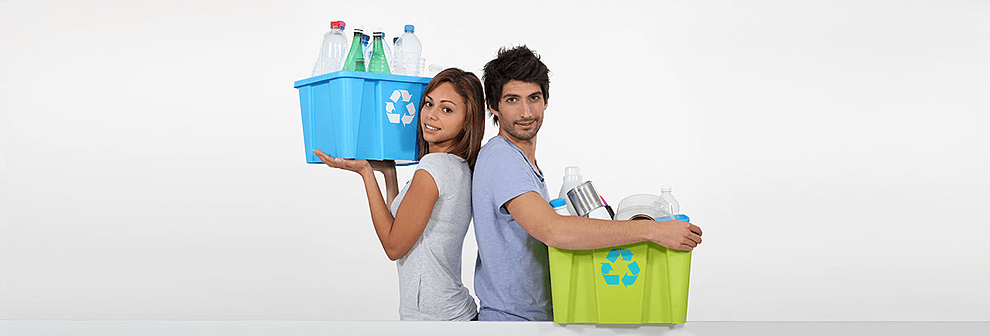The Impact of a Plastic Packaging Tax on Environmental Sustainability
Posted on 06/09/2024
In recent years, there has been a growing concern about the negative impact of plastic packaging on the environment. The excessive use and improper disposal of plastic packaging have led to severe pollution, affecting both land and marine life. In an effort to combat this issue, many governments around the world are considering implementing a plastic packaging tax. This tax would aim to reduce the use of plastic packaging and promote more sustainable alternatives. In this article, we will discuss the potential impact of a plastic packaging tax on environmental sustainability.
What is Plastic Packaging Tax?
Plastic packaging tax is a type of environmental tax that is levied on businesses that produce or import plastic packaging products. The rate of the tax is usually based on the amount of plastic used in the packaging, with higher rates for non-recyclable or single-use plastics. The revenue generated from this tax would be used to fund environmental initiatives such as recycling programs and pollution reduction measures.

Pros of a Plastic Packaging Tax
1) Reduction of plastic waste: The main advantage of a plastic packaging tax is its potential to reduce the amount of plastic waste in the environment. By increasing the cost of using plastic packaging, businesses and consumers would be encouraged to opt for more sustainable alternatives such as biodegradable materials or reusable containers.
2) Funding for environmental initiatives: As mentioned earlier, the revenue generated from this tax would be allocated towards environmental initiatives. This could include funding for research and development of eco-friendly packaging materials, as well as improving recycling infrastructure and implementing waste management programs.
3) Encourages businesses to innovate: With a higher cost associated with using traditional plastic packaging, businesses would be motivated to invest in new technologies and methods to reduce their reliance on plastic. This could lead to innovative solutions that not only benefit the environment but also create new opportunities in the market.
Cons of a Plastic Packaging Tax
1) Higher costs for businesses: One of the main concerns surrounding a plastic packaging tax is the potential increase in production costs for businesses. This could be especially challenging for small and medium-sized enterprises that may not have the resources to switch to more sustainable packaging options.
2) Impact on consumers: The cost of the tax would likely be passed on to consumers, making products packaged with plastic more expensive. This could result in pushback from consumers who may not be willing or able to pay higher prices for everyday items.
3) Risk of shifting to other materials: There is a possibility that businesses may switch from plastic packaging to other materials such as paper or glass, which also have their own environmental impacts. This is something that would need to be carefully monitored to ensure that the overall impact on the environment is positive.
Tips for Businesses and Consumers
If a plastic packaging tax is implemented, here are some tips for both businesses and consumers to make the transition smoother:
For Businesses:
- Start exploring alternative packaging options now to avoid any sudden increase in production costs.
- Consider investing in new technologies and methods to reduce the use of plastic in your packaging.
- Educate your customers about the benefits of using sustainable packaging and how they can contribute towards a greener future.
For Consumers:
- Opt for products with minimal or no plastic packaging.
- Choose reusable containers or bags instead of single-use plastics.
- Support businesses that are taking steps towards sustainability by using eco-friendly materials.

Takeaways
A plastic packaging tax has the potential to bring about significant changes in the way we use and dispose of plastic packaging. It can encourage businesses to adopt more sustainable practices and reduce our reliance on single-use plastics. However, it is essential to address any potential challenges and consider all aspects before implementing such a tax.
In Conclusion
The environmental impact of plastic packaging cannot be ignored, and a plastic packaging tax could be a crucial step towards addressing this issue. It has the potential to reduce plastic waste, fund environmental initiatives, and encourage innovation in the industry. However, it is essential to strike a balance between promoting sustainability and considering the impact on businesses and consumers. With proper planning and implementation, a plastic packaging tax could be a significant tool in promoting environmental sustainability.




